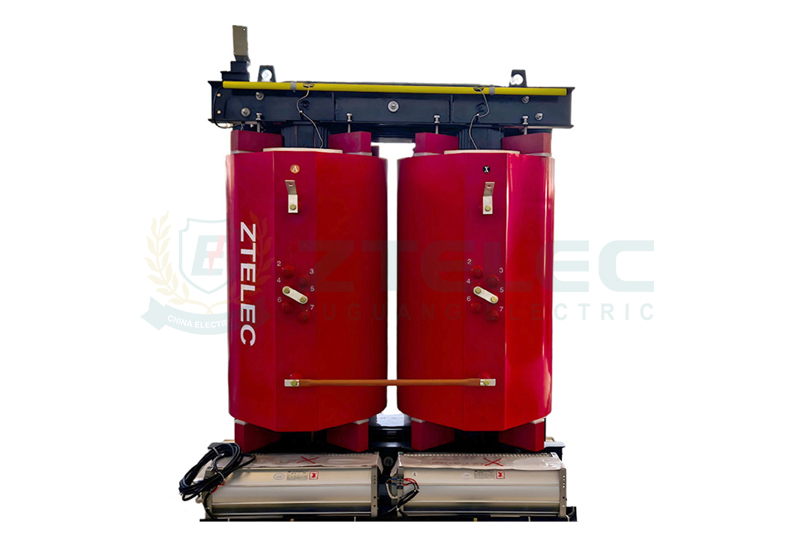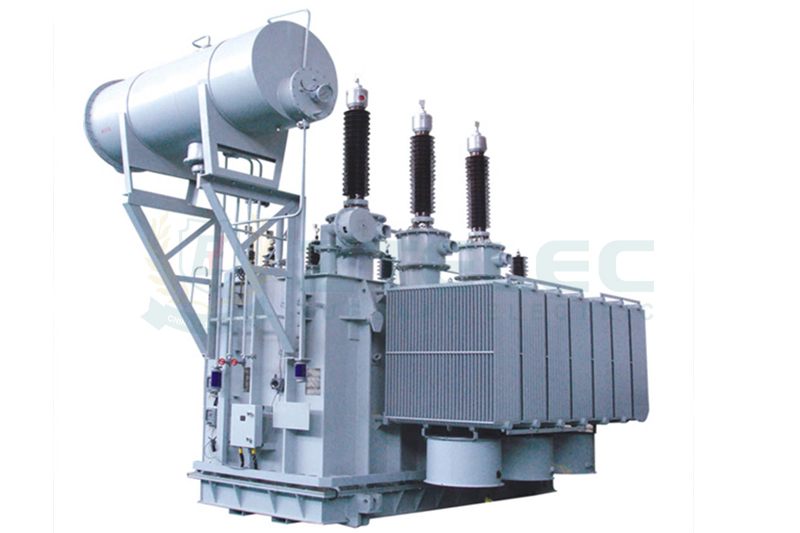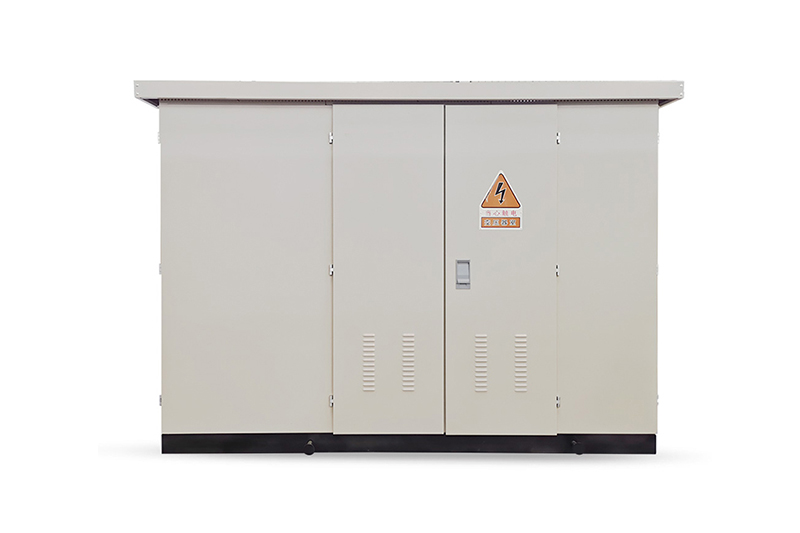Three-Phase Isolation Transformer Working Principle
Time:2024-10-12 Auther:ZTelec-www.ztelectransformer.com
The three-phase isolation transformer is an important electrical device widely used in power systems and industrial equipment. It not only facilitates power conversion but also offers excellent safety and reliability. Understanding the working principle of three-phase isolation transformers is crucial for their effective operation across various applications. This article will provide an in-depth discussion on the definition, structure, working principle, and practical applications of three-phase isolation transformers.
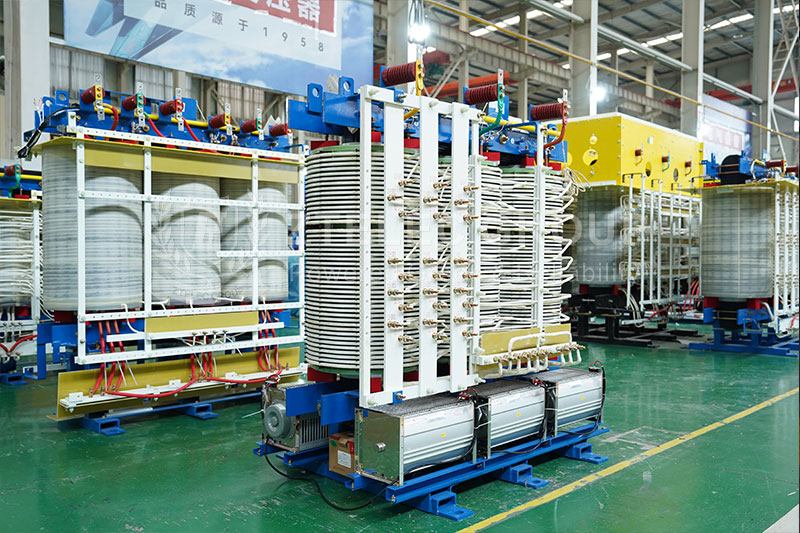
What is a Three-Phase Isolation Transformer?
A three-phase isolation transformer refers to a transformer made up of three single-phase transformers, utilized for isolation and voltage conversion of three-phase power sources. Compared to conventional transformers, isolation transformers do not directly connect the input power source with the output power source but achieve energy transfer through the coupling effect of the magnetic field. This design not only prevents direct current flow but also withstands electrical interference between the power source and load, enhancing the system’s stability and safety.
Ⅰ.What is the Structure of a Three-Phase Isolation Transformer?
A three-phase isolation transformer consists of the following main components:
- Core: The core serves as the magnetic circuit part of the transformer and is typically made of silicon steel sheets to reduce power loss and enhance efficiency. The core can be constructed in either a laminated or toroidal shape, and the choice of structure can affect the performance of the transformer.
- Windings: The windings make up the electrical circuit part of the transformer, divided into primary and secondary windings. The primary winding connects to the input power source, while the secondary winding connects to the load. Generally, the number of turns in the windings is designed according to voltage requirements to achieve the desired voltage conversion.
- Insulation Materials: The insulation within the transformer is critical for ensuring its safety and performance. Insulation materials typically use a multi-layer insulation system, which effectively prevents short circuits and leakage.
- Cooling System: Since the transformer generates heat during operation, an appropriate cooling system is necessary, usually employing oil cooling or air cooling to ensure stable operation.
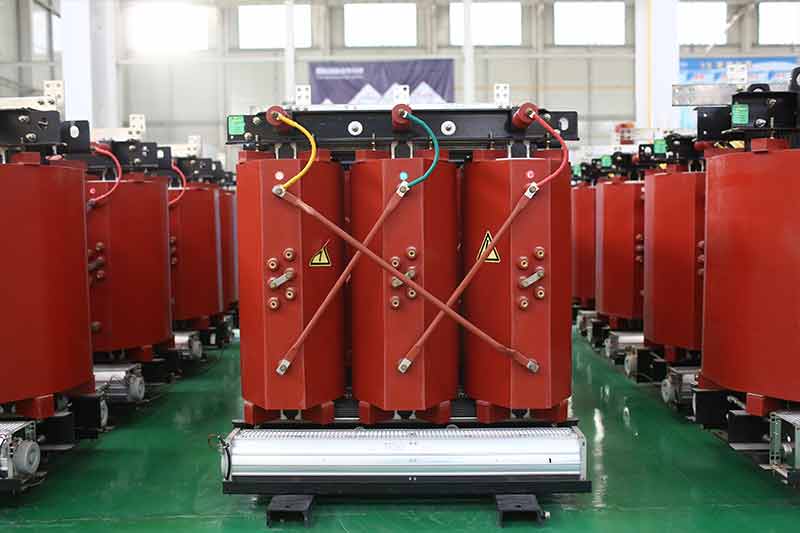
Ⅱ. What is the Working Principle of a Three-Phase Isolation Transformer?
The working principle of a three-phase isolation transformer is primarily based on the law of electromagnetic induction. When alternating current flows through the primary winding, it generates an alternating magnetic field in the core, which is coupled to the secondary winding, inducing an electromotive force (EMF). This process can be explained by Faraday’s law of electromagnetic induction, where the magnitude and phase of the induced voltage primarily depend on the current in the primary winding, the number of turns in the windings, and the properties of the core.
In a three-phase system, a three-phase isolation transformer utilizes Y-coupling or Δ-coupling for connection. Y-coupling connects the three-phase windings in a star formation, commonly used in scenarios needing a neutral wire, assisting in the asymmetric distribution of loads. Conversely, Δ-coupling connects the three-phase windings in a triangular formation, suitable for handling high-power loads due to its ability to offer higher short-circuit withstand capacity.
Moreover, three-phase isolation transformers exhibit strong electrical isolation characteristics, effectively preventing direct impacts from high voltages (such as surges or short circuit incidents) on equipment. When a fault occurs on the input side, the output side remains unaffected, thus protecting downstream equipment and minimizing losses.
Ⅲ.What are the Applications of Three-Phase Isolation Transformers?
Three-phase isolation transformers find extensive applications in various fields, primarily including the following areas:
- Power Systems: In power systems, isolation transformers enhance the safety and reliability of the power supply system. Their effective isolation of the power source can reduce damage from surges on equipment.
- Industrial Equipment: In the automation of industrial production processes, isolation transformers ensure electrical isolation between different devices, preventing mutual interference caused by equipment failures.
- Medical Facilities: Particularly in hospitals and medical equipment, three-phase isolation transformers ensure the stability of power sources while protecting patient safety by preventing issues related to current fluctuations.
- Power Filtering and Regulation: Three-phase isolation transformers are commonly employed in filtering high-frequency noise and stabilizing power supply, improving power quality and ensuring normal operation of equipment.
As a core component in power systems and various electrical devices, the three-phase isolation transformer guarantees the safety and stability of the entire power network with its superior electrical isolation characteristics and stable operational performance. By thoroughly analyzing the working principle of three-phase isolation transformers, we can gain a comprehensive understanding of their importance in modern power systems and effectively leverage their functions in practical applications. As power demand continues to rise and technology advances, the technology of three-phase isolation transformers will also evolve, providing a more robust foundation for the development of the power industry.

